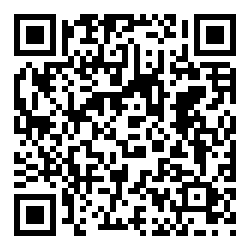多肽产品
抗体抑制剂
染料试剂
PROTAC产品
Targetmol试剂盒
Cell Counting Kit-8 (CCK-8)
天然产物
Phenols(酚类)
Alkaloids(生物碱)
Flavonoids(类黄酮)
化合物库分类
活性化合物库
通用已知活性库
上市状态分类
疾病类型分类
通路靶点分类
特色活性库
类药性化合物库
高通量/高内涵化合物库
按潜在疾病分类
按潜在通路靶点分类
特色多样性化合物库
Fragment片段库
通用片段库
特色片段库
NMR和晶体片段库
共价片段库
研究领域
心血管疾病
消化系统疾病
肿瘤
神经系统疾病
代谢性疾病
炎症与免疫
发育与生殖
抗感染
其他研究领域
天然产物库
高通量筛选天然产物库
特色天然产物库
天然产物衍生物库
虚拟筛选天然产物库
定制化合物库
技术服务
技术服务平台
计算机辅助药物设计
实体化合物活性筛选
药物设计和结构优化
Openeye 软件平台
网络药理学平台
仪器耗材




 沪公网安备 31010602004043号
沪公网安备 31010602004043号


